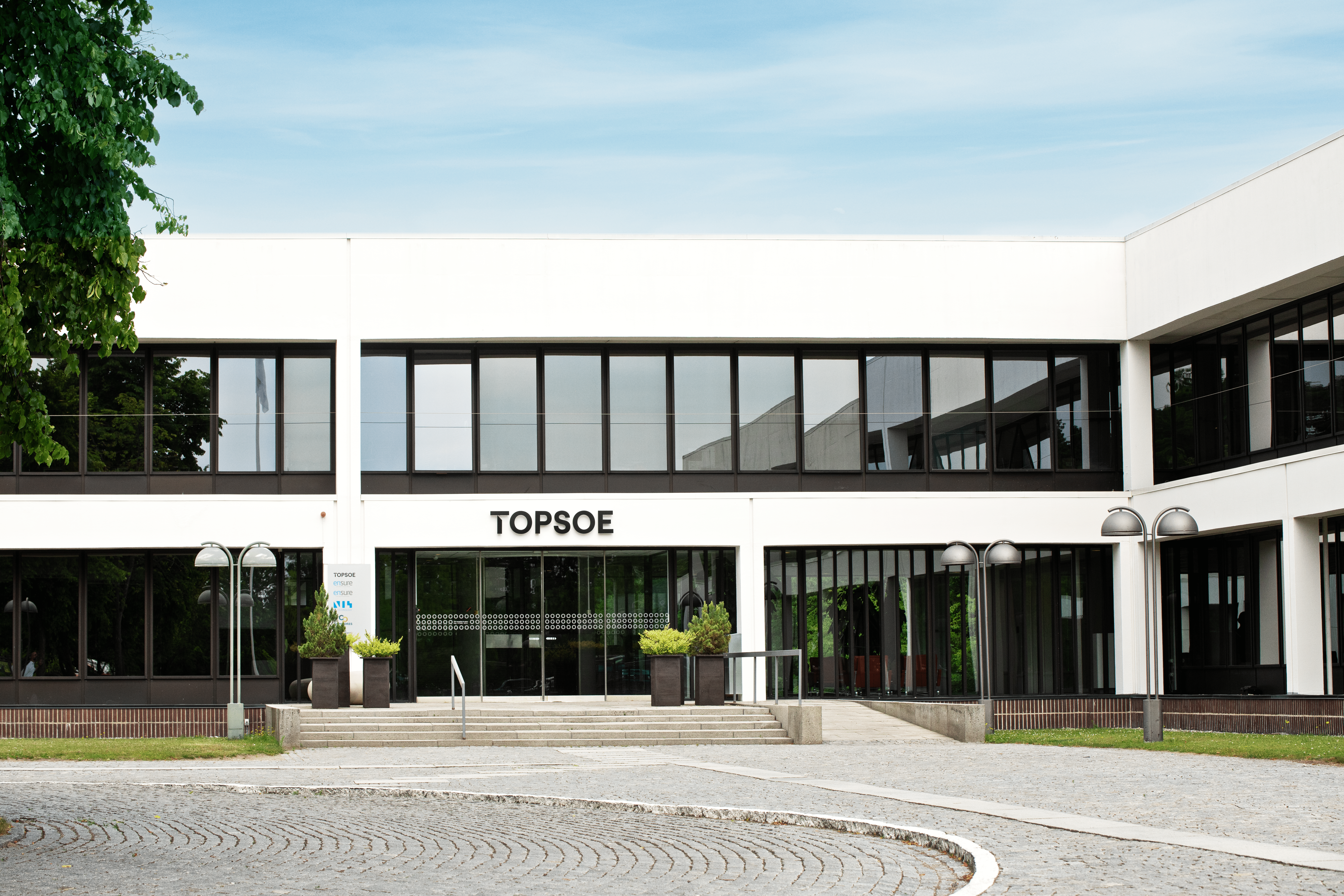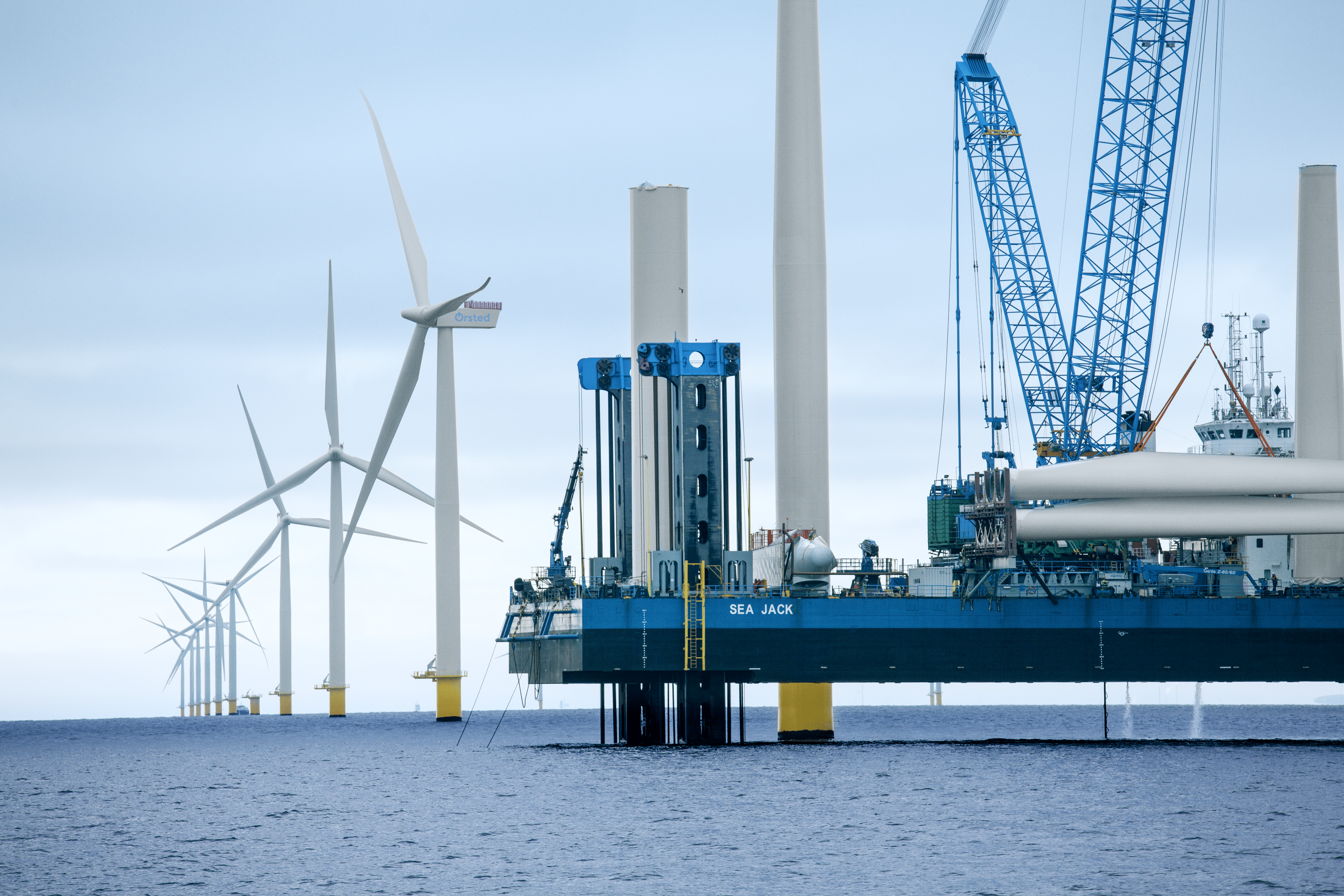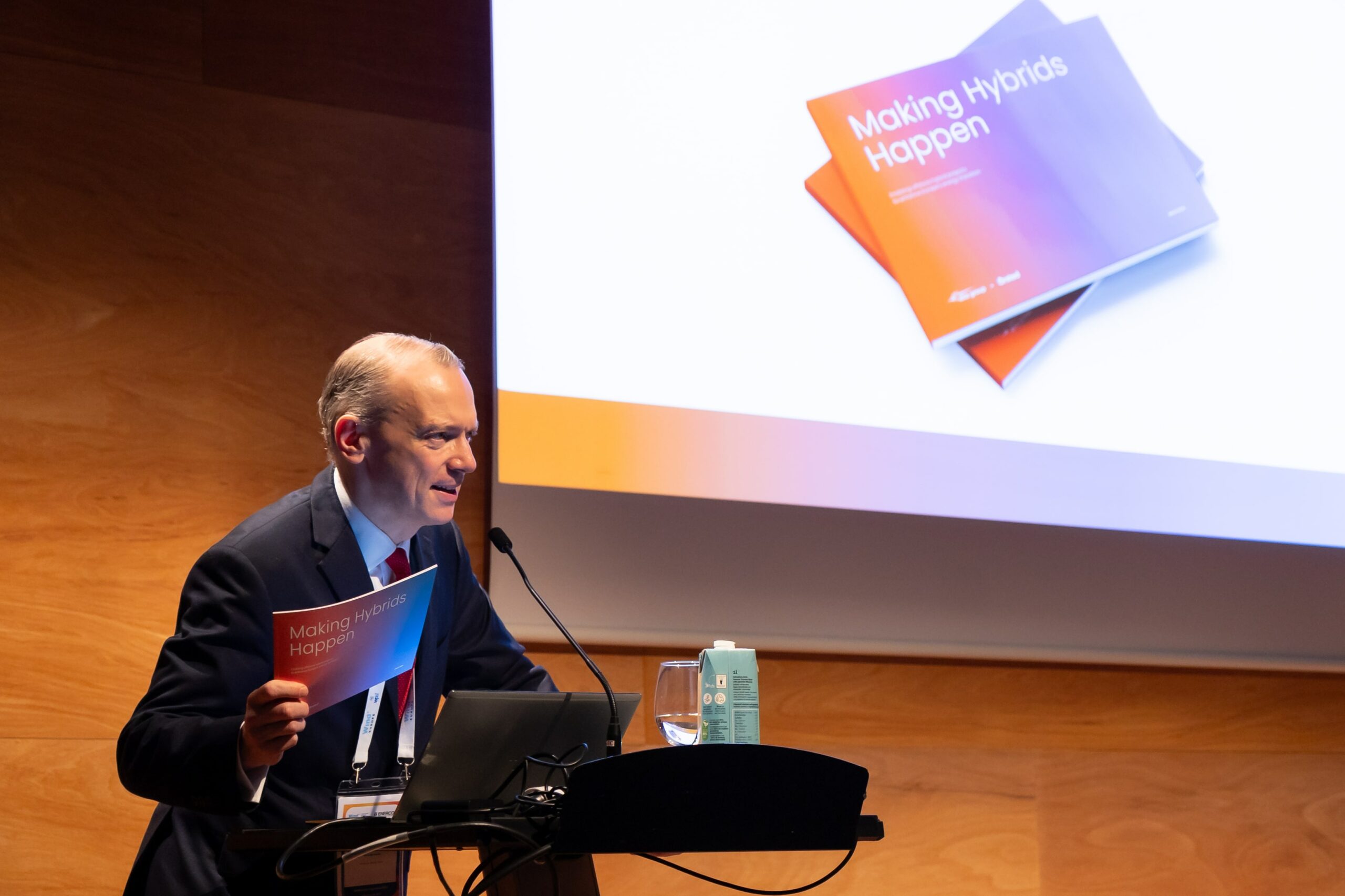News
Biomass
CHP
Offshore wind
+3
Green Energy is Cheaper than Black


For several years it has been cheaper to construct windmills instead of coal power plants to produce electricity. New data from the Danish Energy Association shows that offshore wind has also become cheaper than coal power plants in terms of production costs, and that the same will be the case for solar energy within a few years. Thus, renewable energy will soon be the first choice when it comes to investments in new electricity production.
This is the message from the Danish Energy Association’s ’VE-outlook’ that was published for the first time today. Henceforth, the report will be published annually and will provide an insight into, among other things, the price movement of green technologies, expectations to the expansion of renewable energy in Northern Europe, and how the different green technologies can contribute to the Danish government’s target of 50% renewable energy in 2030.
-Related news: The International Energy Agency: The Green Transition is Underway
-From an economic perspective, we are at a point of no return. Today, it is cheaper to produce electricity from a windmill than from a newly constructed coal power plant. And within a few years, the cost of green electricity production will be lower than it would be to produce it at an already existing coal power plant, says Stine Leth Rasmussen, head of department at Danish Energy Association.
With the falling prices on wind and solar energy, we are looking into a future with a lot more renewable energy in our electricity production. The big question is: How fast? The report shows that the future market price of electricity is expected to drive some investments in renewable energy in Northern Europe, but not sufficient to meet the national targets, nor the targets set out by the Paris Agreement. Therefore it is still necessary to support renewable energy, at least in the short term. The good news is that it is possible to secure a significant expansion of green electricity production with a relatively low level of support.
The reason for the continued need for support is primarily grounded in the European quota system, which does not function as it was intended:
-The price of emitting CO2 does not accurately reflect the costs that pollution imposes on our society. Low prices on coal and CO2 result in low market prices for electricity, and that also affects renewable energy. The ineffective accounting on the electricity market sustains the need for support to renewable energies, despite advances in green technology that have made it much cheaper and more competitive, continues Stine Leth Rasmussen.
-Related news: Electricity Markets Need Fixing
Danish Energy Association’s VE-outlook also includes a focus on the green transition in Denmark and what it will require to meet the government’s target of at least 50% renewable energy in Denmark by 2030. A central conclusion is that the transition to renewable energy needs to take place both within the production and consumption of electricity and heating.
With the expansion of wind and solar energy, the use of sustainable biomass in electricity and heat production, as well as increased electrification of transport and heating, it is possible to simultanously increase the share of renewable energy in 2030, achieve a more efficient energy consumption with less fossil fuels, and contribute to targets for the sectors not included in the quota system for 2021-2030.
-Source: Danish Energy Association
You should consider reading
publications
Resource efficient production
+15















